Perennial Forages, Shrubs, and Trees, Part 2
 Print This Post
Print This Post
By Justin Morris, NCAT Regenerative Grazing Specialist
In my last blog, I discussed how U.S. agriculture is highly dependent on annual plants. Annual plants are high yielding and can go from seed to full maturity in just a few months, but they must be planted each year. With their less extensive root systems compared to perennial plants, annual plants generally aren’t as drought resistant, nor do they generally build soil structure at great depths. This is where perennial plants ranging from grasses, shrubs, and trees really shine. Perennials are the mainstay of life on our planet!
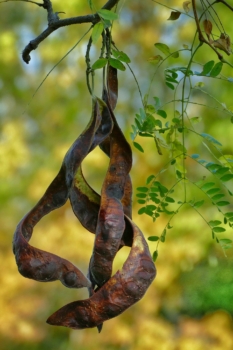
Honey locust seedpods. Photo: Ken Mattison, flickr
Because so much of the cost of keeping livestock is wrapped up in feeding them through the winter dormant period, nature has provided some amazing solutions to reduce costs through perennials. In the semiarid West of the U.S., perennial grasses like Basin Wildrye, Altai Wildrye, and shrubs like Antelope Bitterbrush and Big Sagebrush can largely, if not completely, eliminate hay when livestock are birthing in late spring/early summer. In more humid environments like the eastern half of the U.S., trees like Honey Locust and American Persimmon drop pods and fruit that are very high in energy as a winter feed source. And, prior to colonization, bamboo proliferated throughout the southeast and as far north as Ohio and Maryland. This perennial grass has been shown to provide great winter forage in areas as far north as central New York that receive over 100 inches of snow per year.
So why should we prioritize perennials over annuals? Some reasons include:
- What nature wants to do long-term
- Improve livestock nutrition and health from high quantities of plant secondary metabolites
- Larger root mass for greater drought tolerance
- More resilient to climatic extremes
- Improves soil health the most because of greater rooting depth and because roots are growing for a longer period each year
- Require fewer inputs with equipment, seed, fertilizer, and energy
- Stabilizes farm income and profitability over the long-term
Within the realm of perennial grasses and in southern latitudes where it’s humid, adding native warm-season grasses can provide some key advantages such as:
- Added heat and drought tolerance
- Reduced summer slump
- Improved forage quality
- Higher average daily gain
- Improved wildlife habitat
To determine which perennial plant species are already growing on your property and which ones are best adapted to your area, consulting your local agricultural extension agent or a grazing specialist from the Natural Resources Conservation Service (NRCS) can be a great place to start. Once you know what you have and what could grow in your area, the next questions to answer are:
- What’s your objective?
- Should you add more plant species without replacing what’s already there?
- Should you replace what’s there with something totally different?
- Can existing perennials be strengthened through a change to your current grazing management?
- If renovation is necessary to accomplish your objective, what renovation strategy are you the most comfortable with?
- What’s your timeline?
- What equipment is available?
- How much can you spend?
There are numerous strategies for improving or replacing an existing perennial pasture. These include:
Improvement
- Grazing management that prevents overgrazing
- Increasing stock density
- Broadcast seeding followed by high stock density
- Flail mowing or severe grazing followed by seeding
- Frost seeding
- Bale grazing
- Unrolling hay
Replacement
- Tillage plus seeding to a cover crop mixture and then later to a perennial mixture
- Herbicide plus seeding (see webinar for some non-toxic herbicide alternatives)
- Hog rooting
For more information, watch the webinar Perennial Forages, Shrubs, and Trees Part 2.
Related ATTRA Resources:
Perennial Forages, Shrubs, and Trees Part I
Other Resources:
Silvopasture: A Guide to Managing Grazing Animals, Forage Crops, and Trees in a Temperature Farm Ecosystem, by Steve Gabriel
The Grazier’s Guide to Trees: Taking Grazing to New Heights, by Austin Unruh
This blog produced by the National Center for Appropriate Technology through the ATTRA Sustainable Agriculture program, under a cooperative agreement with USDA Rural Development. ATTRA.NCAT.ORG.

 Lynn Betts, NRCS/SWCS
Lynn Betts, NRCS/SWCS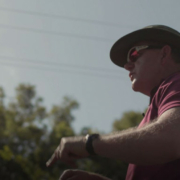
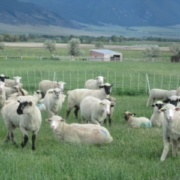
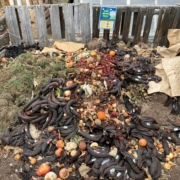
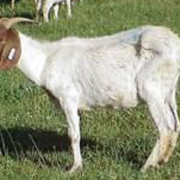



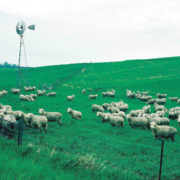
 Courtesy
Courtesy
